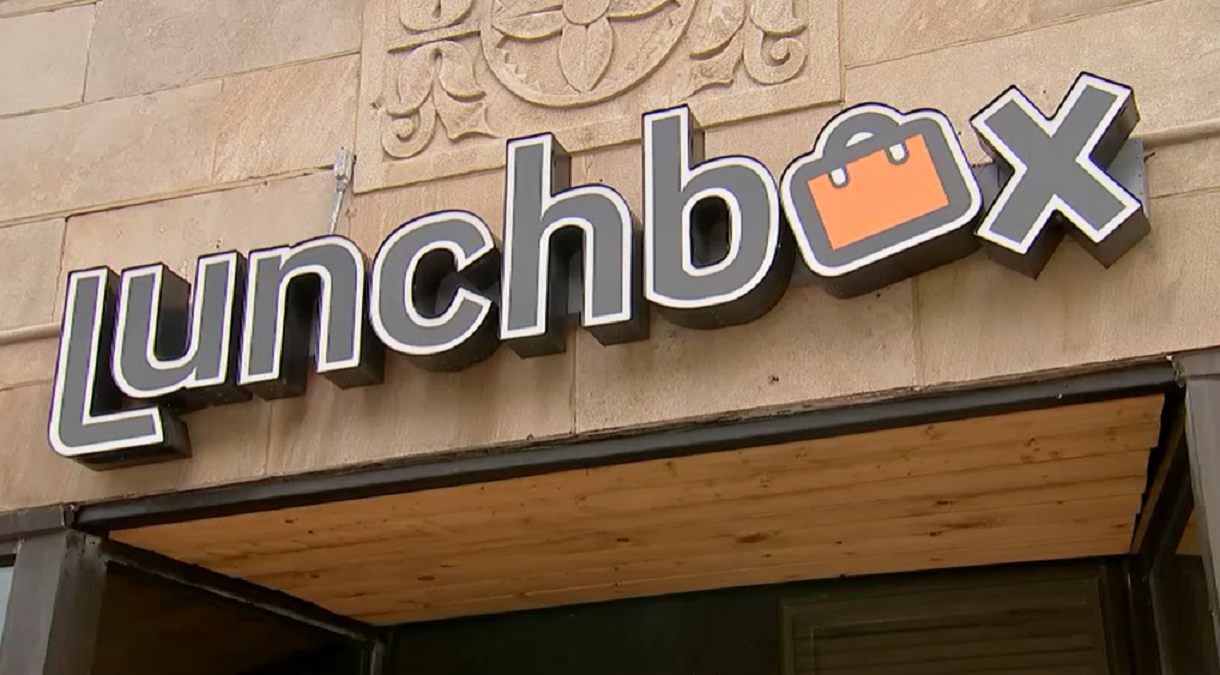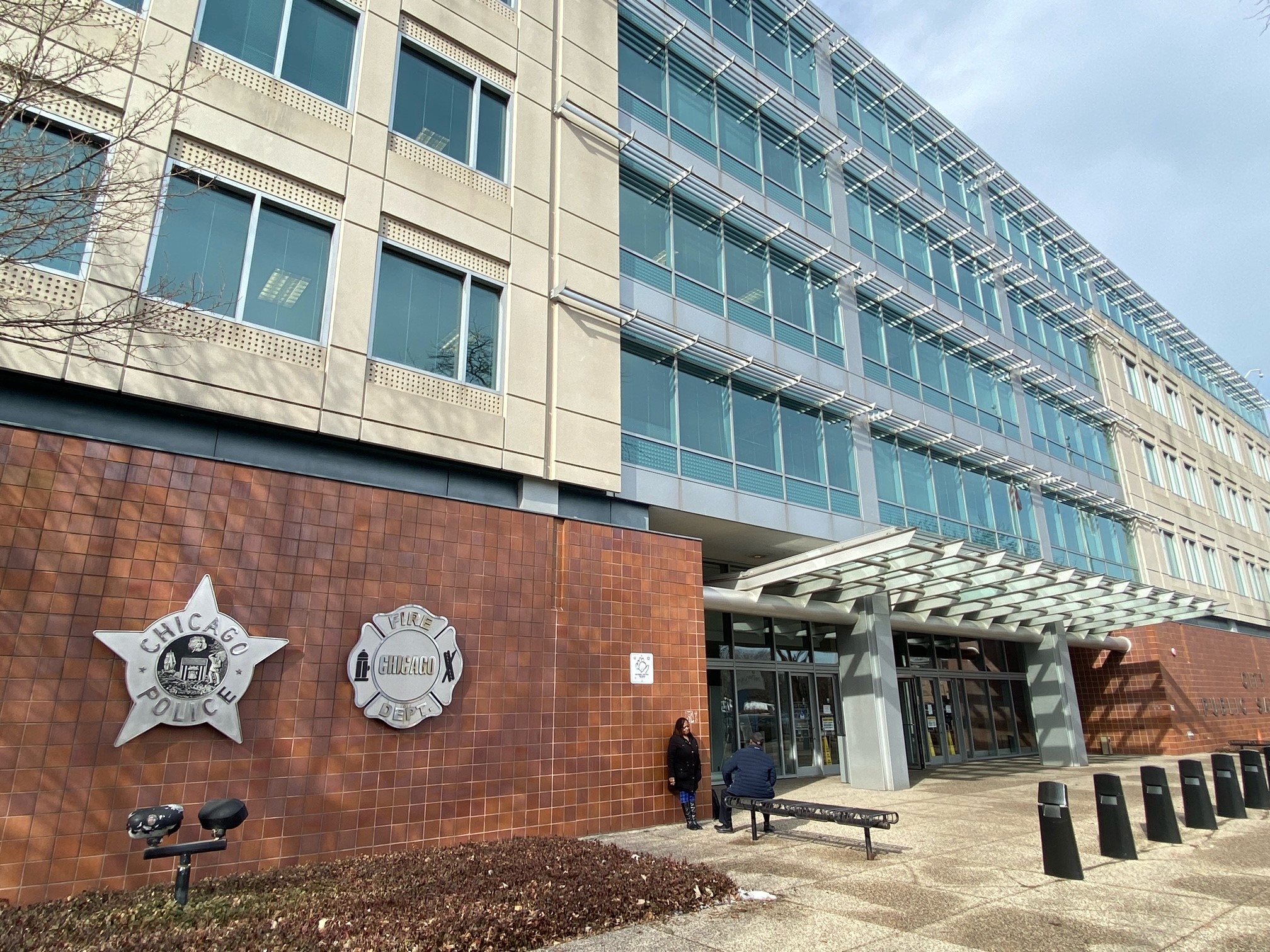The Chicago Blackhawks have not waited for the start of free agency to begin dramatically reshaping the bottom half of their roster, and they made another big move on Sunday evening as they acquired forward Andrew Shaw in a trade with the Montreal Canadiens.
Shaw, who scored 19 goals and dished out 28 assists in 63 games for the Canadiens last season, spent the first five seasons of his NHL career with the Blackhawks, and will now return to the club as they look to bounce back after two straight playoff-less seasons.
The big question now for Blackhawks fans is a simple one: how does the Shaw deal fit in with the plan that G.M. Stan Bowman is trying to implement?
To help answer that question, we’re breaking down the trade into five separate components.
What Role Do the Blackhawks Envision for Shaw?
We’ll get more clarity on this question when Bowman speaks to the media on Sunday night, but in all likelihood, the Blackhawks are going to look for Shaw to fill a similar role to what he did during his first go-around with the team: as a second or third line winger that can provide some depth scoring punch, while also occasionally providing netfront presence on the power play and an occasional penalty killing presence when needed.
There are going to be questions about Shaw’s health, given his injury history and the multiple concussions he’s suffered over the years. If the Blackhawks don’t overuse him, some of these concerns will likely be allayed, but there is a fine line that Jeremy Colliton will have to straddle when it comes to the usage of the 27-year-old forward.
Local
Why Make This Move on the Eve of Free Agency?
There were certainly players that the Blackhawks could have been in contention for as free agency got underway, including winger Ryan Dzingel and forward Patrick Maroon, but the Blackhawks likely felt the market was going to pay those players more than they were comfortable shelling out for.
After all, with players like Kevin Hayes and others getting massive deals, a $3.9 million cap hit over three seasons for Shaw seems like a bit of a bargain (assuming he can stay healthy, of course).
Speaking of Free Agency, are the Blackhawks Done Before It Even Starts?
This is perhaps the most interesting question in the immediate aftermath of the trade. Shaw’s contract itself isn’t terribly limiting, but with the team also having acquired the cap hits of Calvin De Haan and Olli Maatta this offseason, they are a bit limited in terms of what they will be able to do beginning Monday.
That being said, the team still does have roughly $8 million in salary cap space for the coming year, so they will likely be able to add another depth defenseman or forward if they choose to do so.
What are The Immediate Consequences of This Deal?
The deal could signal that another bottom six forward could be on their way out of town, whether it be someone like Artem Anisimov or Drake Caggiula, but it could also mean less of an opportunity for other young forwards in the system to make the big club this season, including Matthew Highmore, Mackenzie Entwistle, and Alexandre Fortin.
Does This Move Have Long-Term Consequences?
This is a massive question that Bowman is going to have to answer. The Blackhawks do have adequate cap space to make this deal now, but after next season, Dylan Strome and Alex DeBrincat will both need new contracts (and substantial pay increases), and the team will have a huge question mark to deal with in the form of Corey Crawford’s future with the club, as he’s set to hit unrestricted free agency next summer.
Adding Shaw doesn’t hurt now, but with the NHL’s pattern of not bumping up the salary cap significantly in year over year in recent seasons, the Blackhawks could have some tough decisions to make.



